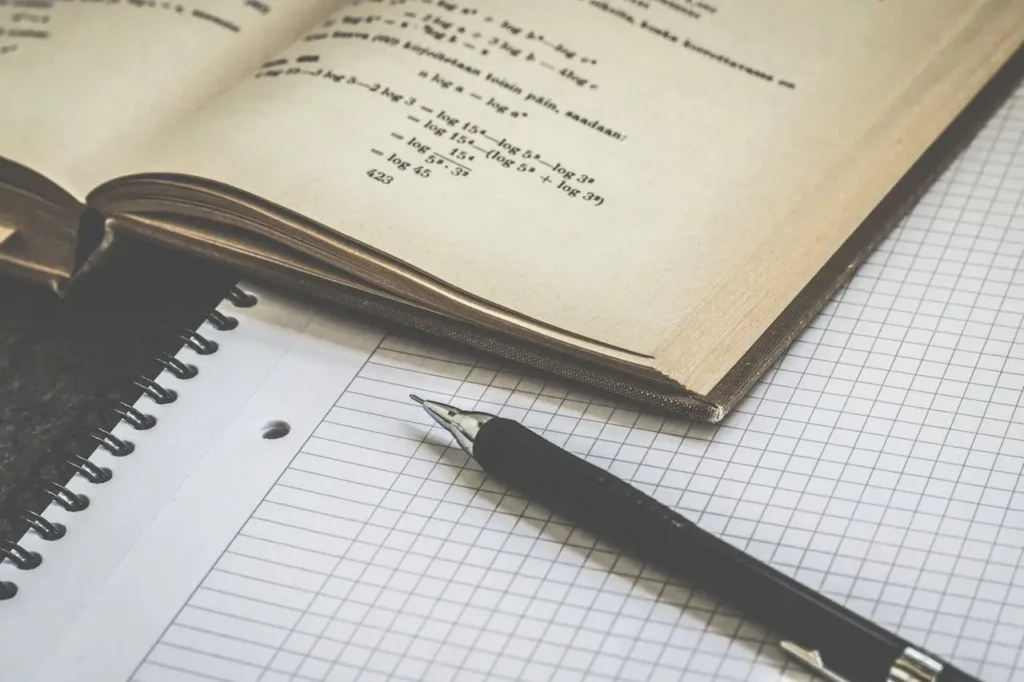
In the quest for academic success, effective study techniques play a crucial role in maximizing learning retention and comprehension. While simply reviewing material repeatedly may seem like the default approach, research has shown that employing a variety of proven study techniques can significantly enhance memory recall and understanding. Whether you’re a student preparing for exams or someone seeking to learn new skills, mastering these ten study techniques will help you retain information more effectively and achieve your learning goals.
1. Spaced Repetition
Spaced repetition is a powerful technique that involves reviewing material at increasing intervals over time. Instead of cramming all your study sessions into a single day, space them out over several days or weeks to reinforce memory retention. By spacing out your study sessions, you give your brain multiple opportunities to encode and consolidate information, leading to more durable learning outcomes.
2. Active Recall
Retrieving information from memory actively, without the use of outside stimuli, is known as active recall.. Instead of passively rereading notes or textbooks, challenge yourself to recall key concepts, definitions, or facts from memory. Practice active recall by quizzing yourself or explaining concepts aloud as if you were teaching them to someone else. This technique engages your brain more deeply and strengthens memory retrieval pathways, leading to improved long-term retention.
3. Mnemonics
Mnemonics are memory aids or mnemonic devices that use associations, acronyms, or visual imagery to help you remember information more effectively. Create mnemonic devices by associating key concepts or facts with vivid imagery, rhymes, or phrases that are easy to recall. For instance, you may utilize the mnemonic “My Very Educated Mother Just Served Us Noodles” (Mercury, Venus, Earth) to help you recall the planets’ positions in our solar system., Mars, Jupiter, Saturn, Uranus, Neptune).
4. Visualization
Visualization harnesses the power of mental imagery to enhance memory retention. When studying complex concepts or processes, try to create visual representations or diagrams to help you understand and remember the information. Visualize the relationships between different concepts, and mentally “see” how they fit together. Visualization activates multiple regions of the brain involved in memory encoding, making it an effective strategy for boosting learning retention.
5. Summarization
Summarization involves distilling large amounts of information into concise summaries or outlines. Instead of passively highlighting or underlining text, actively engage with the material by summarizing key points in your own words. Write or verbalize summaries of chapters, lectures, or articles, focusing on the most important concepts or ideas. Summarization forces you to process information deeply and facilitates better understanding and retention.
6. Interleaved Practice
Interleaved practice is a study technique that involves mixing different topics or types of problems within a single study session. Instead of focusing on one topic exclusively, alternate between different subjects or types of problems to promote deeper learning. Interleaved practice prevents the brain from becoming too accustomed to a single type of information, leading to more robust memory encoding and better retention over time.
7. Elaborative Encoding
Elaborative encoding involves connecting new information with existing knowledge or personal experiences to enhance memory retention. Instead of rote memorization, strive to make meaningful connections between concepts by relating them to real-life examples, analogies, or personal anecdotes. By elaborating on the material and integrating it into your existing knowledge framework, you create stronger memory traces that are easier to retrieve later.
8. Dual Coding
Dual coding is a technique that involves encoding information using both verbal and visual channels simultaneously. Instead of relying solely on written text, supplement your study materials with visual aids such as diagrams, charts, or concept maps. By presenting information in multiple formats, you engage different cognitive processes and create richer memory representations, leading to better learning retention.
9. Distributed Practice
Distributed practice, also known as spaced practice or the “spacing effect,” involves spreading out study sessions over time rather than cramming all at once. Instead of marathon study sessions the night before an exam, allocate regular study sessions over several days or weeks to allow for better memory consolidation. Distributed practice capitalizes on the brain’s ability to encode and retain information more effectively when learning is spaced out over time.
10. Practice Testing
Practice testing, also known as retrieval practice or self-testing, involves actively recalling information from memory through quizzes, flashcards, or practice exams. Instead of relying solely on passive review, actively test your knowledge and comprehension by answering questions or solving problems without referring to your notes. Practice testing enhances memory retrieval strength and helps identify areas of weakness that require further review.
Conclusion
Effective study techniques are essential for maximizing learning retention and comprehension. By incorporating these ten proven strategies into your study routine, you can enhance memory recall, deepen understanding, and achieve better academic or professional outcomes. Whether you’re preparing for exams, learning new skills, or seeking to expand your knowledge, mastering these study techniques will empower you to become a more efficient and effective learner. So, take the time to experiment with these strategies, find what works best for you, and unlock your full learning potential.